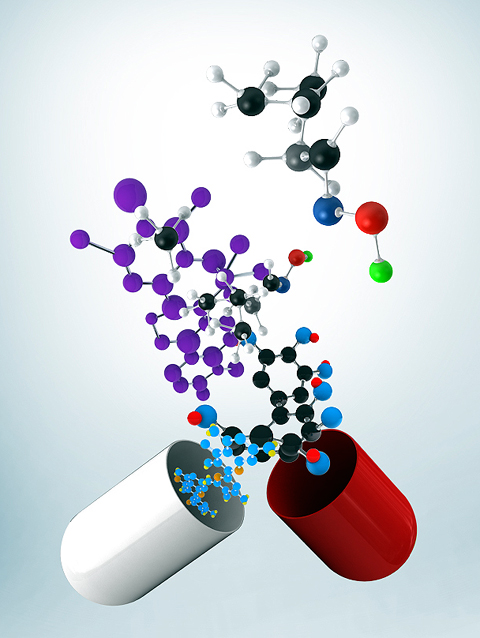Korean pharmaceutical companies are focusing their attention on the development of new composite drugs.
It used to be common for pharmaceuticals to combine compounds with similar treatment effects such as diabetes and hypertension therapies in the past. Now the dominant trend is developing mixed drugs that can solve different diseases with a single tablet.
The area that shows particular vigor for developing complexes that can treat associated diseases simultaneously is in hypertension-dyslipidemia treatment.

Drugmakers have released a three-compound composite drug by adding a diuretic compound to hypertension complex starting with ARB+CCB series, and a series of products by adding ARB series to Statin series to cure the associated disease of dyslipidemia at the same time.
There are various combinations indeed. Currently in the market are the complexes such as Olmesartan/Rosuvastatin, Ibesartan/Atorvastatin, Telmisartan/Rosuvastatin, Fimasartan/Rosuvastatin, and Valsartan/Rosuvastatin.
Among the front-runners of hypertension-dyslipidemia therapies are Olostar Tab, Rovelito Tab and, Duowell Tab., which recorded 10 billion won ($8.8 million) in sales.
This month, four additional drugs that combine Candesartan Tab and Rosuvastatin hit the market, widening the scope of choices for patients -- Rotacan Tab by Green Cross 녹십자, Togenon Tab by Dong-A ST동아ST, Rocan Duo Tab by Alvogen Korea알보젠코리아, and Combirocan Tab. by Whanin Pharm환인제약.
These are the first products of Candesartan Tab/Rosuvastatin combination, given with a six-year rescreening period and health insurance benefits beginning this month.
Combined drugs are receiving growing attention as chronic diseases increase and more patients have two or more diseases, including diabetes, hypertension, and dyslipidemia. Patients with multiple diseases find it increasingly burdensome to take many tablets at the same time.
Pharmaceutical companies have found this niche market, concentrating on the development of mixed drugs with diverse combinations. As these complexes should not have interaction among drugs and have to show same treatment effects as separate drugs, the job requires research and development ability.
"It is relatively easy to develop these products because we have only to combine the existing compounds, but you cannot just regard the development of complexes as bringing the two compounds in one tablet,” an industry executive said. “It requires technology to develop mixed drugs that do not show interactions and have similar treatment effects.” However, the development fervor for combination drugs will continue from the aspect of patients’ convenience, too, he added.

